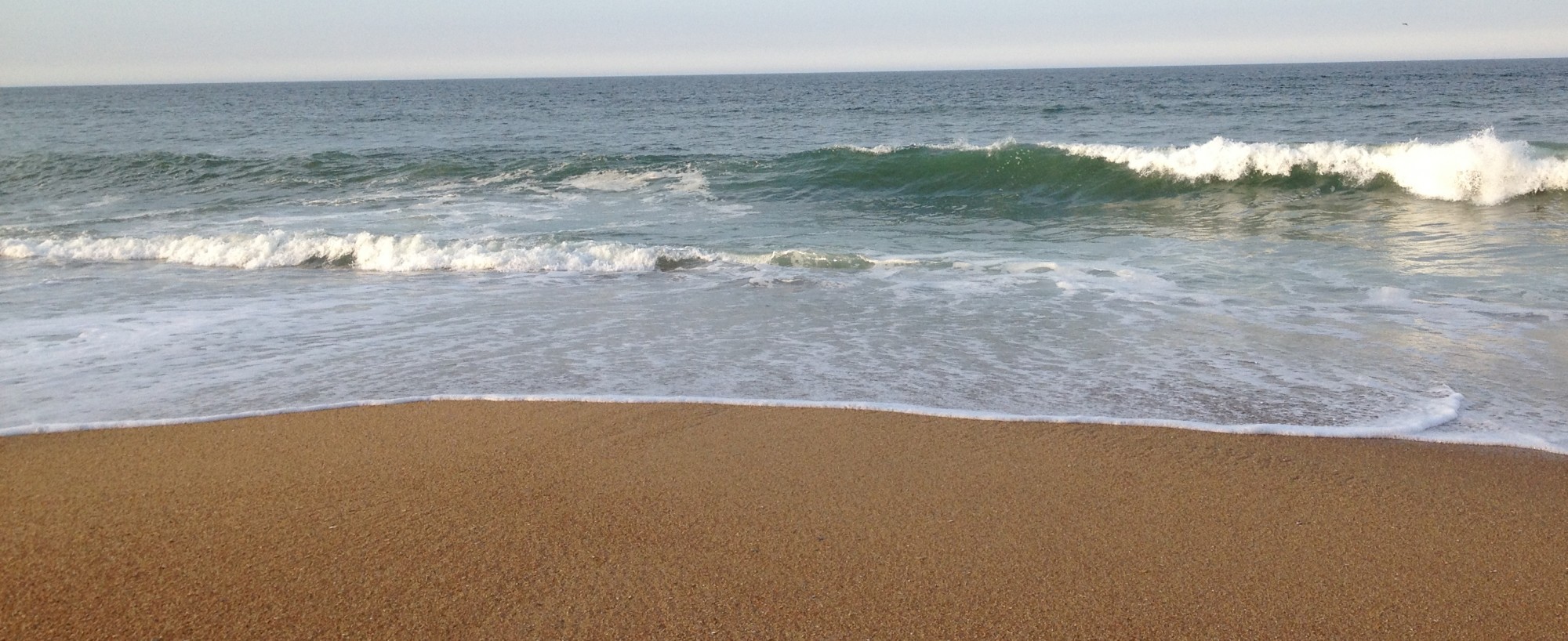Western Culture in Typee
During our discussions of Typee, Western perceptions and culture take a prominent role in Tommo’s description of the events. The first information about the natives that we hear in the narrative comes from the captain, who paints the Typee as vicious, blood thirsty heathens who will kill any westerner they see. This reflects the widespread belief held by westerners on what the Polynesian natives were like. This attitude is reflected in the maps that we viewed in class. The eurocentric maps attempted to categorize these newly known locations, rather offensively referring to non-Christian nations as “heathens”. The view is quick to write off foreign cultures as barbaric and lesser, further perpetuating the negative stereotypes without receiving any proof of them. In contrast throughout the rest of the novel we receive Tommo’s first hand account of life. He is the other extreme, and gives an overly positive view of the natives. Tommo gives an over simplified rose colored view of the natives up until the end. To his understanding this is a paradise where nothing ever goes wrong. Tommo looks at Typee culture as opposed to Western culture. Unlike Western culture the Typee’s never fight or argue. They always agree. While Tommo describes life on the island as a paradise so much better off without the corruption of the Western world, he still describes the Typee and their culture in the offensive terms often given to them like “heathens” and constantly refers to them as uncivilized. At the end, Tommo sees that the Western accusations of Typee cannibalism had been true. This adds some validation to the previously discounted Western perspective. Tommo spends the majority of his account denouncing the west as violent and backward that it is confusing to the reader. While Tommo now realizes that the Typee are what the westerners have claimed them to be, he still feels conflicted about them. Because of the limited view of a first person narrator, we do not have a clear and accurate description of the Typee. All we have to go on are the two opposing extreme views. Both views come from the same limited perspective and are too either vilify or deify the natives customs.

I don’t think that Tommo is totally anti-West and Pro-Native. Throughout much of the novel, he is depressed and does feel trapped and isolated in the Typee Valley. He does denounce Western culture, but I don’t think it is in an effort to promote Western culture as backward. Rather, I think it is in an effort just to show that neither culture is better than the other, and that the Native culture in many ways is Superior. Tommo is very sympathetic to the natives, but I don’t think he is totally for one culture or the other.
I agree that we are left torn at the end of the novel as to how we should feel about the Typee culture. While Tommo felt that it was refreshing to see that the Typee people always agreed on everything, is it fair or free to live in a society where you always follow the opinion of others? Will Westerners be able to give up that freedom of making their own decisions and having their own opinions to live like the Typees? Even though the act of cannibalism is definitely a hard one to accept, I feel like Tommo also did not want to give up his freedom to make his own decisions, as he was often frustrated with the fact that he was never allowed to go anywhere alone or without permission.